Fotografo dall’età di 18 anni, Paolo Verzone si muove liberamente tra il fotogiornalismo ed il ritratto. Attento alla composizione e fedele al contesto in cui fotografa, restituisce persone e ambienti con la sua personalissima prospettiva. Dal 1991 con Alessandro Albert realizza progetti incentrati sul ritratto, come Seeuropeans, Volti di Passaggio e Grandi Bagnanti. Per l’Agence VU’ di cui è parte, ha fotografato famiglie, capi di stato, cadetti, sportivi, politici e notabili, città e paesaggi desolati, dall’Islanda al Libano. Noi di Phom lo abbiamo intervistato.
Nel tuo profilo sul sito dell’agenzia VU’, di cui sei parte, si inizia dicendo che sei “inclassificabile”, sia per i differenti soggetti e situazioni affrontate, sia per la varietà di supporti (dal 35mm al digitale al grande formato). Pur tuttavia, in molte immagini sembra esserci un approccio comune, soprattutto un certo uso della prospettiva. Ce ne vuoi parlare?
Credo che quella parte del profilo l'abbia scritta Christian Caujolle, il fondatore dell'agenzia VU’, dopo che per lungo tempo non ho fornito una biografia, si è stufato e l'ha scritta lui. È un uomo di grande intelligenza e molto difficilmente sbaglia, ha un occhio per le immagini quasi infallibile e una visione sulla fotografia in generale che é sorprendente: mi sono trovato quindi molto bene in quella definizione. Il senso della prospettiva e dei volumi mi viene naturale, ma me ne accorgo andando a verificare le immagini quando mi viene rivolta una domanda come la tua. È più una percezione istintiva che una scelta ragionata a freddo.
I bagnanti sulle spiagge. Partiamo da questi, uno dei tuoi lavori più conosciuti, realizzato con Alessandro Albert. Ci interessa sapere come è nato e come si è sviluppato, cosi come ci interessa molto la sua dimensione narrativa che a noi sembra un importante elemento.
Il lavoro sulle spiagge d'Europa che abbiamo chiamato Seeuropeans nasce nel 1994: avevamo cominciato con due capitoli, Rimini e Brighton con l'intenzione di mettere in relazione due spiagge lontane tra loro in Europa.
Ne è nata una serie di ritratti che poi abbiamo deciso di continuare in altre località balneari del continente, ogni spiaggia è stata scelta per le sue peculiarità. La dimensione narrativa è il frutto di due personalità, quella di Alessandro e la mia: ogni foto infatti viene decisa insieme per quel che riguarda sia il taglio sia il soggetto; l'operazione è però molto veloce ed istintiva non abbiamo bisogno di parlare a lungo, basta un cenno e la foto viene scattata. Ci conosciamo molto bene e sappiamo esattamente cosa ci interessa nell'ambito del singolo ritratto che ci troviamo a realizzare: la macchina è sul cavalletto e l'inquadratura viene fatta prima ancora di dover guardare in macchina. È infatti la parte più istintiva nella quale si analizza velocemente il soggetto che ci sta di fronte, ed in base a come il soggetto é o si pone sappiamo di doverlo per esempio tagliare alle ginocchia. Facciamo l'inquadratura , scattiamo a lato della macchina con il flessibile pronti a cogliere un'espressione o movimento.
La centralità della persona, intendiamo sia in senso formale che tematico, ricorre spesso nelle tue fotografie. In passato hai parlato di "ricordo ancestrale delle foto di famiglia": ci vorresti dire cosa cerchi in un ritratto, e perché le tue immagini differiscono dai ritratti più "istituzionali"? È una scelta compositiva? Da dove nasce?
Nel ritratto cerco un'alchimia tra luce, soggetto, espressione e la parte più interessante, un elemento incontrollabile, vale a dire: non voglio il controllo totale durante la realizzazione di un ritratto (anche se può sembrare) ma anzi spero che qualcosa di imperfetto venga a contribuire all'immagine anche a rischio di sbagliarla, l'imperfezione può farti grandi regali, il controllo no. Non so se i miei ritratti differiscono dai ritratti istituzionali e in un certo senso non voglio saperlo, voglio solo poter continuare a farli. In più aggiungo che ho una vera passione per i ritratti istituzionali nel vero senso del termine, hai in quei casi un margine di "manovra" così ridotto che diventa interessante come esercizio. Mi ha sempre interessato vedere come grandi fotografi ritrattisti (Avedon, Nadar, etc) hanno trasformato a loro favore una situazione apparentemente difficile: ad esempio la sessione di ritratto alla regina Elisabetta fatta da Chris Levine è stupefacente, come anche il ritratto di Obama per Time fatto da Nadav Kander.
Hai viaggiato in luoghi molto differenti tra loro, venendo a contatto con situazioni e persone non sempre facili da gestire. Ci puoi parlare del tuo approccio alle persone?
L'approccio alle persone è molto semplice se spieghi loro le tue intenzioni e le tratti appunto come persone e non soggetti, se no diventa complicato o anche molto complicato.
Come finanzi i tuoi progetti? Iniziano sempre con una commessa o lavori anche su tuoi progetti personali?
Ci sono progetti personali che sono ispirati da situazioni con le quali sei venuto a contatto durante un assegnato (così è stato per il mio ultimo progetto) e che lentamente finanzi vendendoli ai giornali internazionali. Oppure lavori come le spiagge e i russi sono invece completamente autofinanziati, che poi vengono proposti a giornali, gallerie o per mostre.
Come nasce un tuo progetto?
Nasce da un'intuizione che poi deve essere strutturata per divenire progetto. Non c'è per fortuna una via per la genesi di un progetto, l'intuizione può arrivare da un libro o da un suono (mi è successo con il suono di tacchi sul marmo).
Ci sembra che nella dimensione formale delle tue fotografie ci sia un richiamo forte ad un'estetica che abbiamo conosciuto in questi anni, vicina alla ricerca (di provenienza artistica) che sta caratterizzando molta fotografia italiana più recente, ci riferiamo in particolare al lavoro sulle accademie militari. È una scelta di campo o cos’altro?
È una scelta estetica che è maturata nel tempo e che credo evolverà ancora.
In Will and Kate Forever si ritrova un approccio visivo più da reportage. È legato a una scelta personale o a una diversa cornice editoriale?
È un lavoro realizzato come assegnato per Newsweek, risponde quindi alle esigenze di un assegnato per un settimanale a larga diffusione.
Ti stai occupando anche di multimediale? Se sì, come lo affronti?
Nei prossimi giorni comincerò un lavoro di documentazione che é concepito come progetto multimediale, più fotografi e un gruppo di lavoro costituito da più persone. È la prima volta che mi trovo a lavorare in un progetto che di fatto è un'opera collettiva, molto interessante, sei obbligato a rimetterti in discussione a 360 gradi.
Quanto conta nella tua attività la dimensione tecnologica? La scelta di fotografare con un tipo di macchina fotografica piuttosto che con un altra è parte del progetto?
È uno degli elementi classici della concezione di un progetto o una foto: il mezzo condiziona sempre il risultato e il tuo modo di pensare per immagini. Se uso un banco ottico ragiono in un modo e vedo in un modo, se uso una reflex ragiono e vedo in modo diverso (anche se ci sono poi dei punti di contatto). È come se la tua visione si aggiustasse su una "frequenza" piuttosto che un'altra .
Il mondo e il mercato della fotografia sono oggi profondamente connessi con quello dell'arte contemporanea, spesso anche quando le immagini hanno una forte impronta giornalistica o di documento. Che idea hai rispetto al fatto che immagini “del dolore” possano fare parte di un circuito di collezionismo?
Credo che si giochi tutto su una sottile linea di confine dettata dal sentimento che una fotografia può provocare. Se si tratta di un'immagine che ti rende spettatore della vita di un preciso essere umano senza portarti al di fuori di quella precisa fotografia, togliendone quindi il senso di "universale" e violandone la "coscienza", l'esposizione del "dolore" mi infastidisce. Se però la foto mantiene qualcosa di anonimo e misterioso, lasciandoti uno spazio per relazionarti personalmente magari anche con un sentimento negativo, anche una foto di guerra può fare parte di un circuito di collezionismo anche se preferisco piuttosto una collocazione in un archivio o museo.
La prima cosa che racconteresti della tua esperienza di fotografo. Qual è?
Sono le foto fatte senza macchina fotografica: fotografare prima di sapere che esista la fotografia, rimaneggiare le immagini e combinarle nella tua testa prima di andare a dormire, è una cosa che ho fatto sin da bambino, era di fatto già un processo fotografico completo, una serie di immagini ti rimangono in mente durante la giornata, le rielabori, le scegli, ne isoli alcune e le "conservi". Sono poi immagini che sommate a quelle fatte davvero restano in un misterioso archivio che credo tutti noi abbiamo e che usiamo più o meno consciamente.
Quale libro fotografico scegli dalla tua biblioteca e perché?
Ne ho tanti che sceglierei, ogni mese ti darei una risposta diversa…
Se mi avessi chiesto quale libro "salveresti" dalla tua biblioteca in caso di catastrofe avrei ristretto invece la scelta a pochi: Exils di Koudelka, Avedon In the American West, Sergio Larrain Valparaiso, Telex Iran di Gilles Peress, Nathan Farb I Russi, Uncommon Places Stephen Shore, The Americans Robert Frank, di Gabriele Basilico, Raymond Depardon, Rene Burri, Fouad Elkoury, Appalachian Portraits di Shelby Lee Adams, Paesaggio italiano di Ghirri, Feste Religiose in Sicilia di Ferdinando Scianna (ce ne sarebbero molti altri ma in caso di catastrofe mi porterei via questi).
Ieri Torino, oggi Parigi. Domani?
In qualunque posto speciale da far scoprire a mia figlia.
A chi passi il testimone, e perché?
Lo passo a Franco Pagetti, che conosco e stimo da tempo, ho scelto lui perché è incorruttibile e lucido.
Intervista a cura di Marco Benna
ENGLISH VERSION
Paolo Verzone has been a photographer since the age of 18. He swings between photo-journalism and portraits. Always bearing composition in mind and staying faithful to the context where he shoots, he depicts people and landscapes through an extremely personal perspective. Since 1991 he’s been collaborating with Alessandro Albert in projects focused on portraits, such as Seeuropeans, Volti di Passaggio and Grandi Bagnanti. He’s member of VU’ Agency for which he has photographed families, heads of state, cadets, sportspersons, politicians and notable ones, cities and waste landscapes, from Iceland to Lebanon. We at Phom have interviewed him.
Your profile on VU’ Agency’s website kicks off describing you as “unclassifiable” - both in reference to the subjects and situations you shoot and because of the variety of supports you use (from 35mm film to digital to large-scale format). However, a common denominator appears to feature many of your images: namely, a certain use of perspective. Could you tell us about it?
I believe Christian Caujolle wrote that bit. He’s the founder of VU’ Agency and he’d got tired of my not providing my bio, hence he wrote one himself. He’s an extremely intelligent man and he seldom fails. He has an almost infallible eye for images and his general outlook on photography is astonishing. That description did reflect my persona. The sense of perspective and volumes comes naturally to me - yet I realize it only when posed a question like this. It’s more of an instinctive perception rather than a cold-hearted reasoned choice.
Let’s start with the “bathers on beaches”, one of your most well-known works in collaboration with Alessandro Albert. How did it originate and how did you develop it? We’d also like to know about its narrative dimension, since we perceive it’s a fundamental element.
We named the shooting on Europe’s beaches Seeuropeans. In 1994 we had started two chapters in Rimini and Brighton. Our aim was to link together two beaches so removed one from the other across Europe. Those shootings originated a series of pictures that we continued taking in other sea-side resorts of the continent, where each beach is chosen according it its own peculiarities.
As for the narrative dimension, it’s the outcome of two personalities - Alessandro’s and mine. Together we choose which cut and subject the photo will feature. It’s a very fast and instinctive step: all it takes is a signal and the photo is taken. We know each other very well and we know exactly what we’re looking for in each specific portrait we’re creating: the camera is placed on the tripod and we come up with the framing before looking into the camera. The quick analysis of the subject before us is the most instinctive part of the process: for instance, we’ll decide to go for a three quarter on the mere observation of how the subject is or their posture. Then we do the framing and click on the release cable standing on a side of the camera, so as to be ready to catch any expression or movement.
Both the form and theme of your photos often seem to be centered on the individual. In the past you spoke about the “ancestral memory of family portraits”: what do you look for in a portrait and how do your images differ from more “institutional” portraits? Is it a composition choice? How does it originate?
What I look for in a portrait is the alchemy between light, subject, expression and the unidentifiable, most interesting and uncontrollable element. Although it might appear like it, that doesn’t mean I crave for total control over the portrait. Instead, I always hope for something imperfect to emerge and contribute to the picture - even at the cost of failing it. Imperfection is capable of bearing massive gifts, whereas control is not.
I don’t know whether my portraits differ from the institutional ones, and I’m not eager to know either. All I wish for is to continue creating them. In addition, I have a strong passion for institutional portraits (literally speaking). In those cases you don’t have much room for manoeuvre - and that’s what makes it an interesting exercise. I’ve always been fascinated by how such renowned portraitists as Avedon and Nadar turned an apparently difficult situation to their favor: for instance, the portrait session of Queen Elizabeth by Chris Levine is outstanding, just like Obama’s portrait by Naday Kander for Time Magazine.
You’ve travelled a lot of different places and you’ve experienced situations and people that didn’t always turn out to be easy to manage. Could you tell us about your approach with people?
The approach with people is very easy to deal with if you describe your intentions to them and you treat them as persons instead of subjects. Otherwise it gets complicated, if not overly difficult.
How do you finance your projects? Do they always start on commission or do you work on personal projects as well?
There are personal projects that arise from situations you’ve experienced while being on commission (that was the case with my latest project). You finance them gradually by selling them to international magazines. On the other hand, such works as the beaches and the Russians are completely self-financed. It’s only afterwards that they are proposed to magazines, galleries or exhibitions.
How do your projects originate?
They spring from an intuition that subsequently needs to be structured in order to become a proper project. Fortunately there’s no pre-determined way to the birth of a project. Intuitions may originate from a book or a sound - once it did occur with the sound of heels on a marble floor.
We feel like the formal dimension of your photographs features a strong reference to military academies. It’s a kind of artistic aesthetics bordering research we’ve grown familiar with in recent years. Is it a selected choice or what?
It’s an aesthetic choice that’s been maturing over time and that will develop further, I suppose.
Will and Kate Forever features a more report-oriented visual approach. Is it about a personal choice or a different editorial framework?
Newsweek commissioned it, hence it panders to the needs of a weekly mass-magazine.
Are you involved in digital, too? If so, how do you approach it?
These coming days I’m starting a documentary work that’s been conceived as a multimedia project involving a series of photographers and team-workers. It’s my first collaboration with a collective. It’s quite interesting, because it forces you to do a complete 180 turn with yourself.
Today the world and market of photography are deeply interconnected with that of contemporary art - so much so that images often feature a journalistic/documentary imprint. What’s your opinion on “images of distress” entering the collectors’ circuit?
I suppose the whole question is played on the brink of the feelings a photo my be capable to generate. It’s a very thin line and one must be careful. Take the case of a portrait of any given human being’s life that doesn’t really lead you outside the picture: because the “universality” feature is being taken away and the “conscience” is being violated, I get upset. Pictures of this sort are merely a crude display of distress for the pictures’ own sake. However, if the image holds on to something anonymous and mysterious, then the viewer is left room for relating personally with the picture - never minding the fact it may be a negative sentiment. Accordingly, even a war image may enter the collectors’ circuit - although I’d prefer some specific collection of an archive or museum.
What’s the first thing from your experience as a photographer you hold dearest?
It’s the photos taken without a camera. That is, taking photos before knowing that a photo exists, rearranging images and combining them in your mind before going to bed is something I’ve been doing since I was a child. It was a complete photographic de facto process already, because you bear in mind a series a pictures throughout your day, you re-elaborate them, choose from them and ultimately “keep” them. Then you sum them up with the physically taken pictures and they result into a mysterious archive - a kind of inner “storage” space I suppose each of us is in touch with to a more or less subconscious extent.
Which photo book would you choose from your library and why?
There are so many to pick that I’d give you a different answer every month…
Had you asked me which book I’d “rescue” from my library in case of catastrophe, I’d have narrowed down the choice to: Exils by Koudelka, Avedon's In the American West, Sergio Larrain Valparaiso, Telex Iran by Gilles Peress, Nathan Farb I Russi, Uncommon Places by Stephen Shore, The Americans by Robert Frank, Gabriele Basilico, Raymond Depardon, Rene Burri, Fouad Elkoury, Appalachian Portraits by Shelby Lee Adams, Paesaggio italiano by Ghirri, Feste Religiose in Sicilia by Ferdinando Scianna.
Turin yesterday, Paris today. What about tomorrow?
Any special place I can have my daughter discover.
Who are you going to pass the baton to? And why?
To Franco Pagetti. I’ve known him and appreciated him for a long time. He’s incorruptible and alert.
The articles here have been translated for free by a native Italian speaker who loves photography and languages. If you come across an unusual expression, or a small error, we ask you to read the passion behind our words and forgive our occasional mistakes. We prefer to risk less than perfect English than limit our blog to Italian readers only.
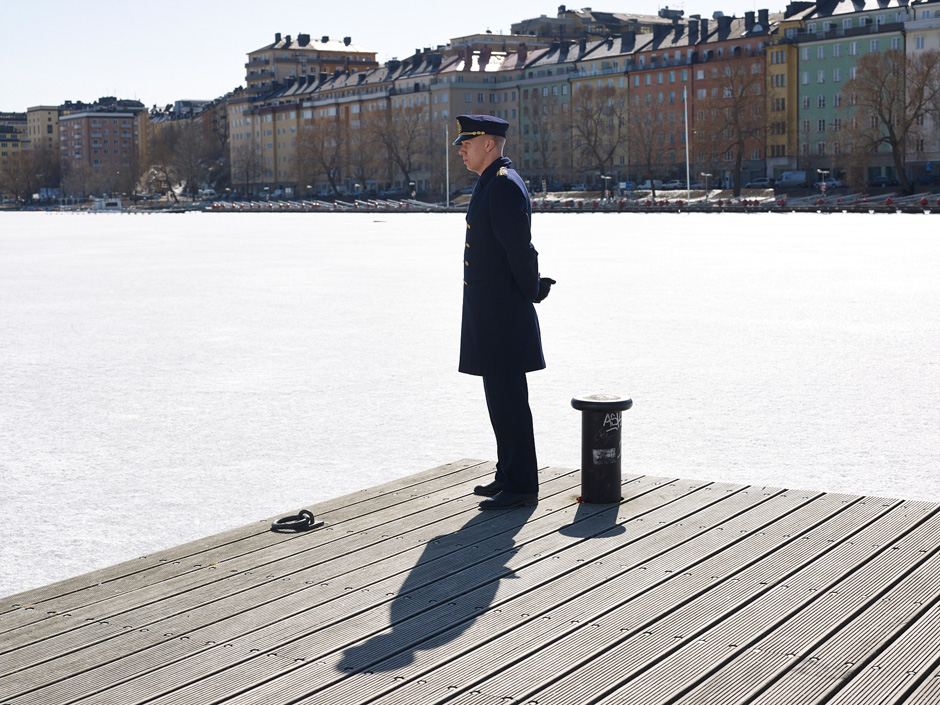
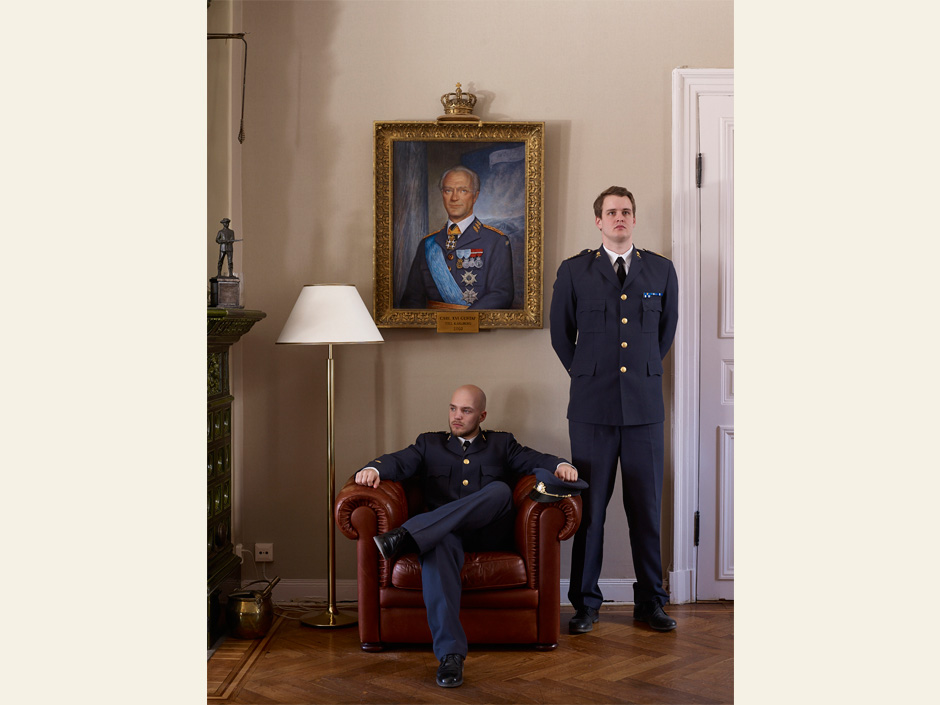
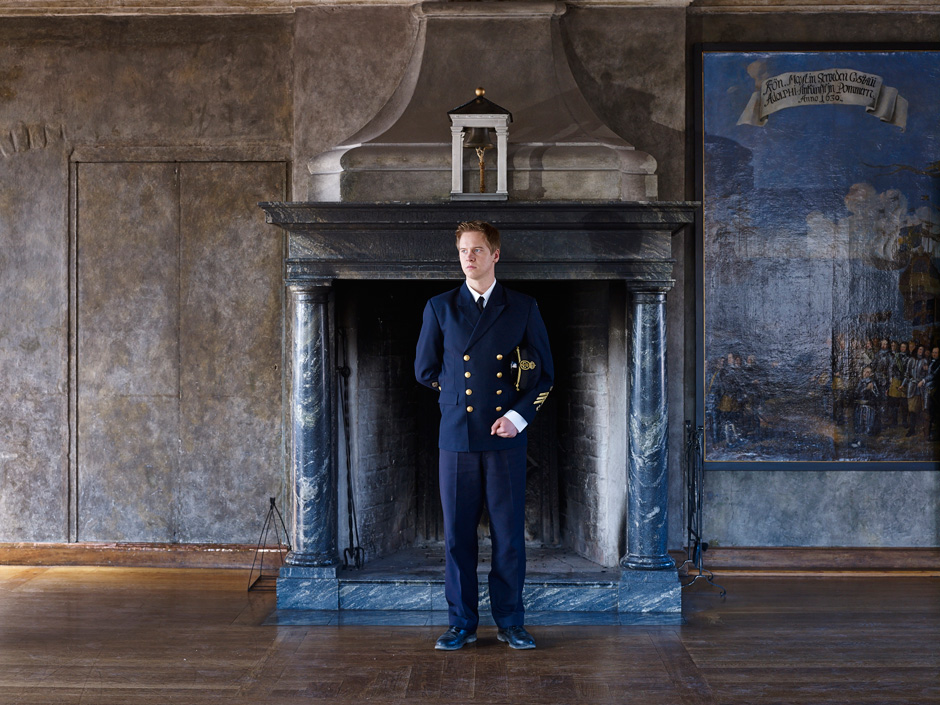
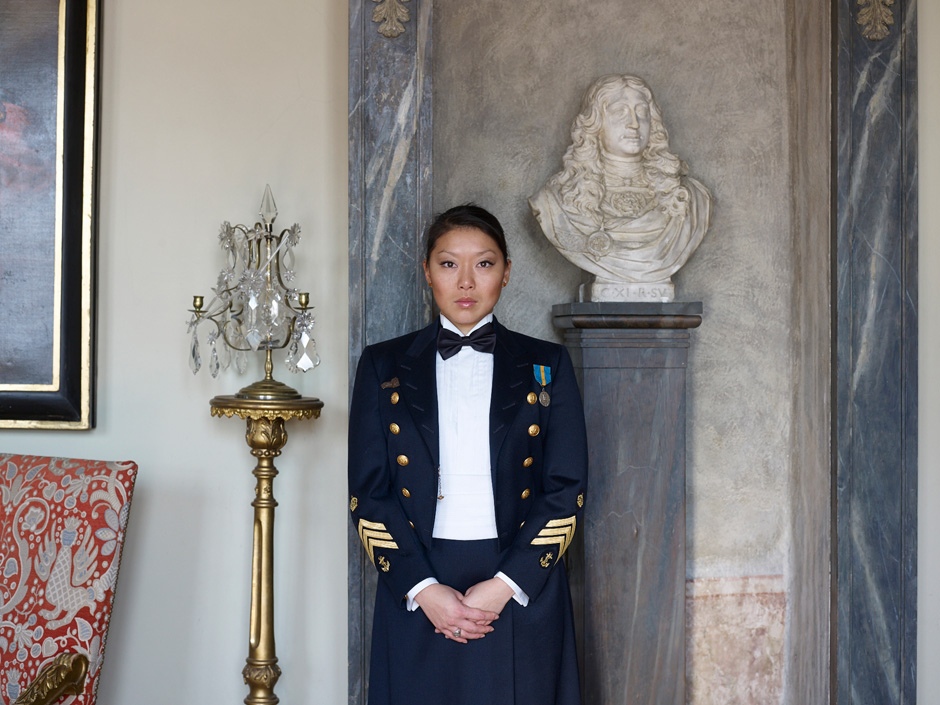
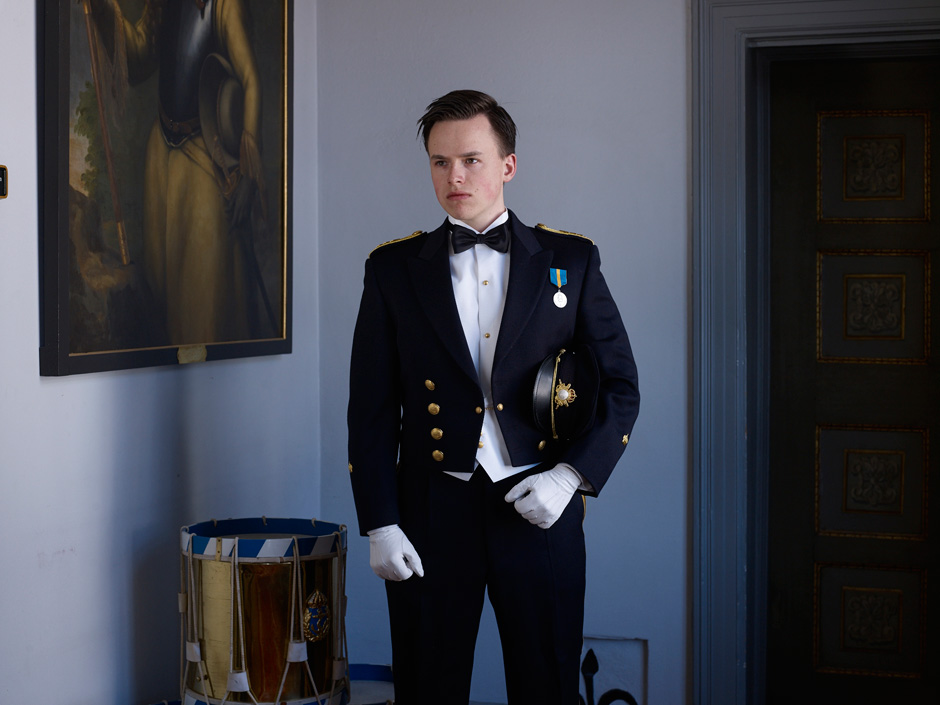
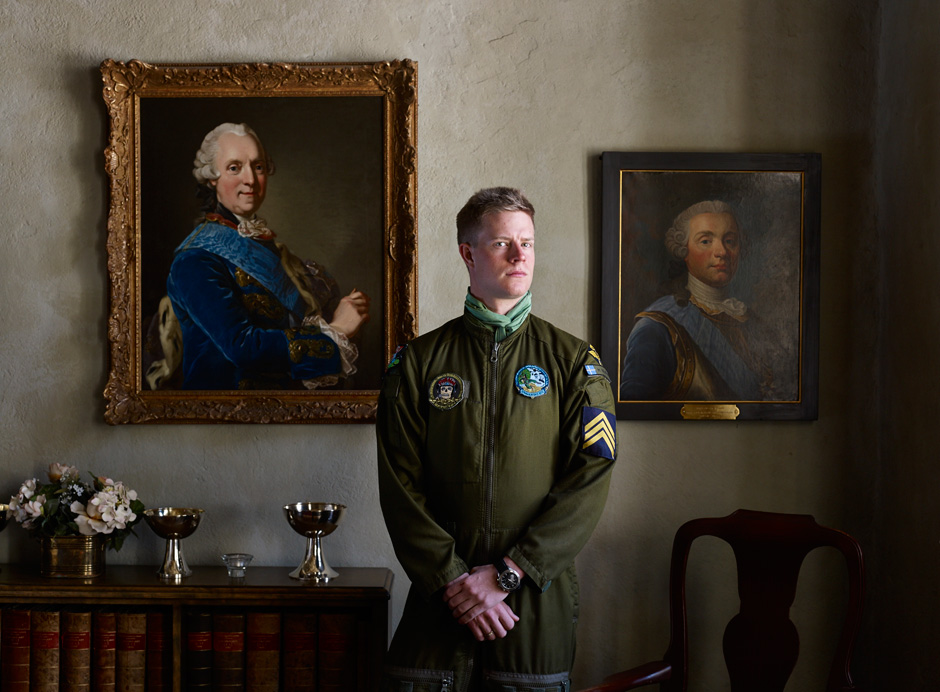
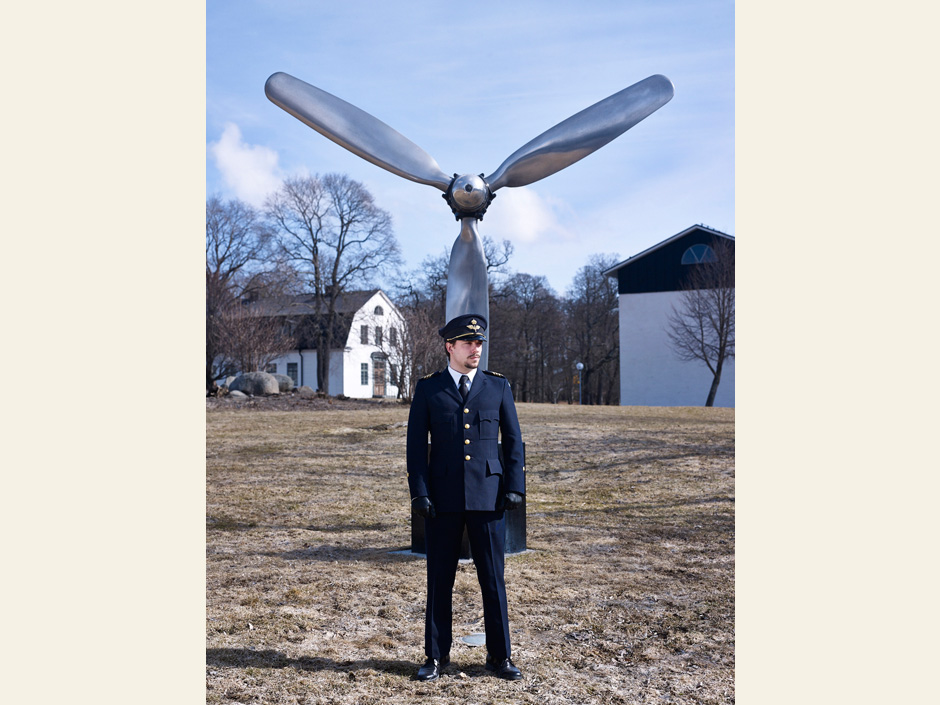
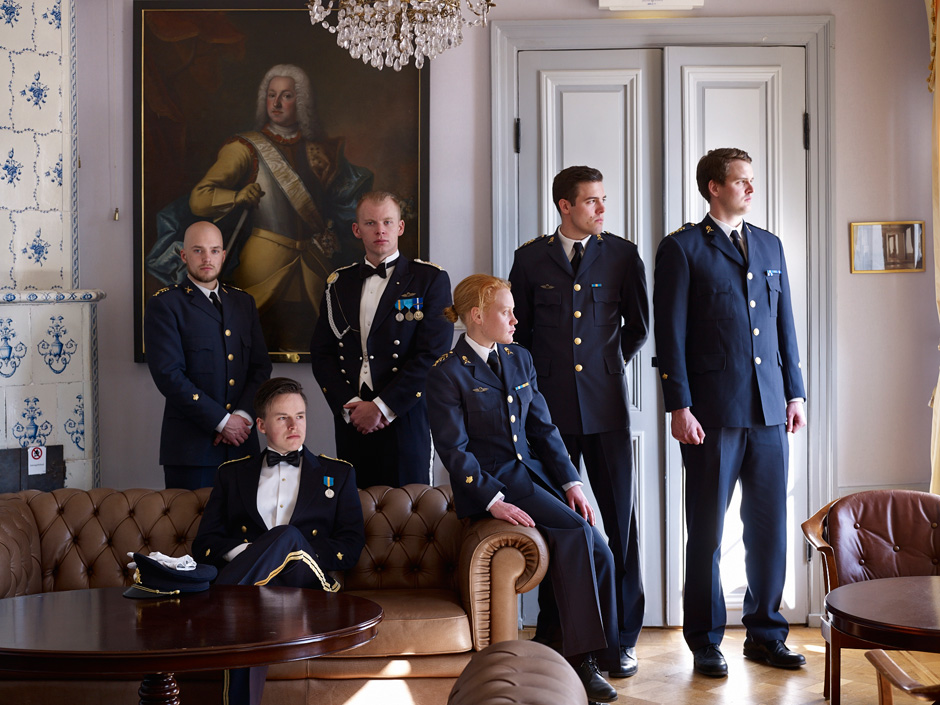
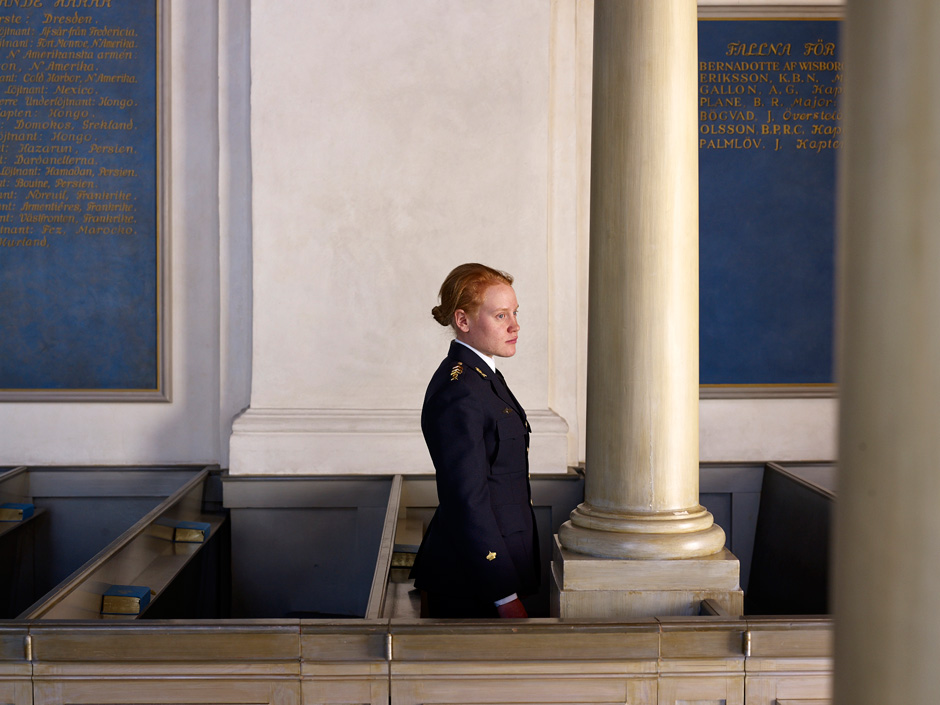
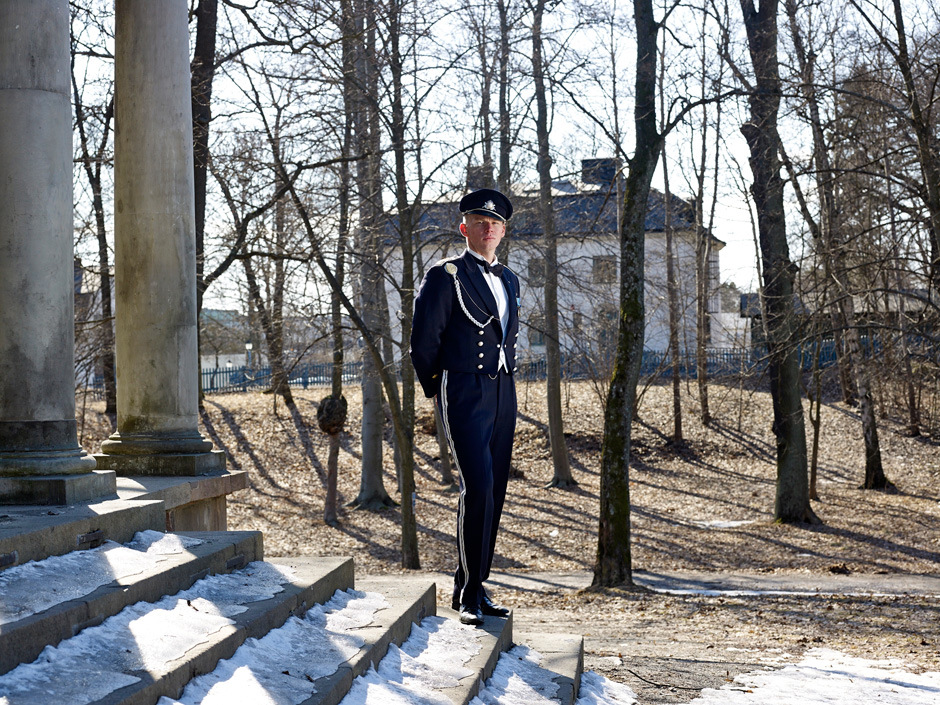

Leave a Reply